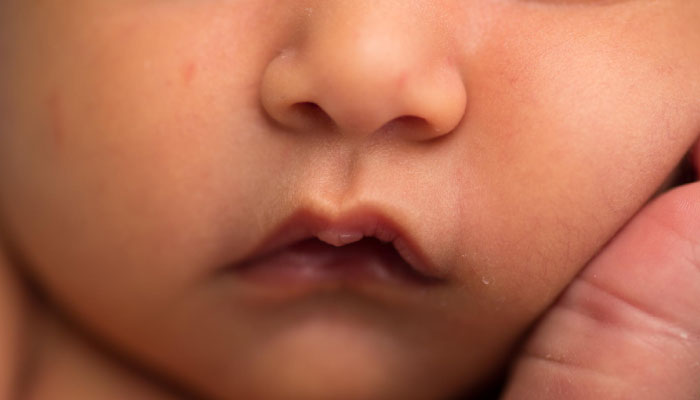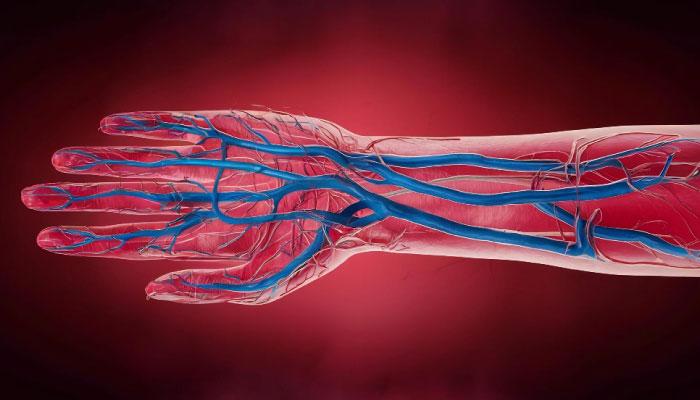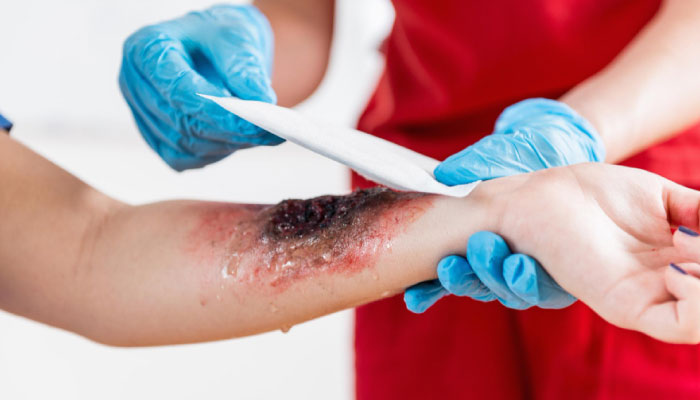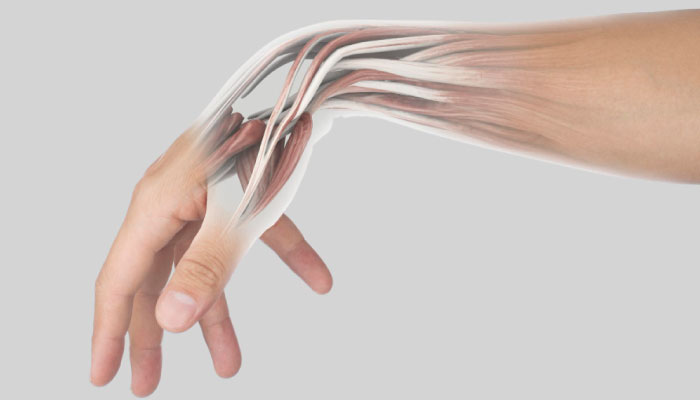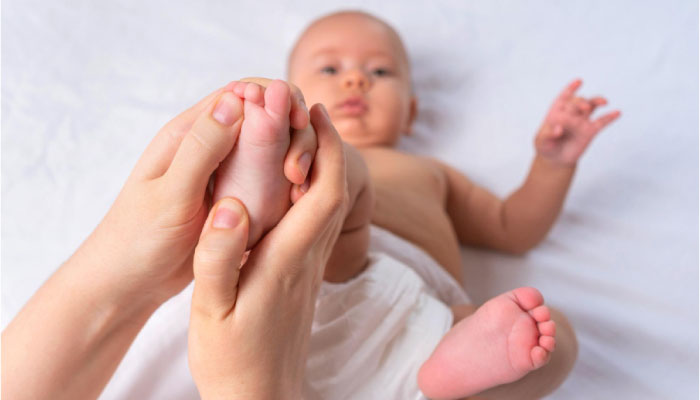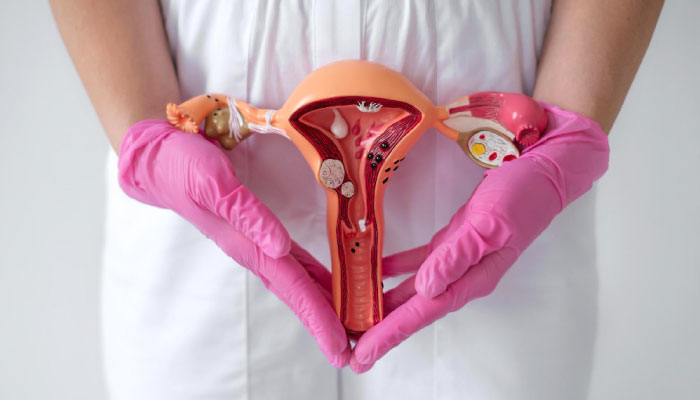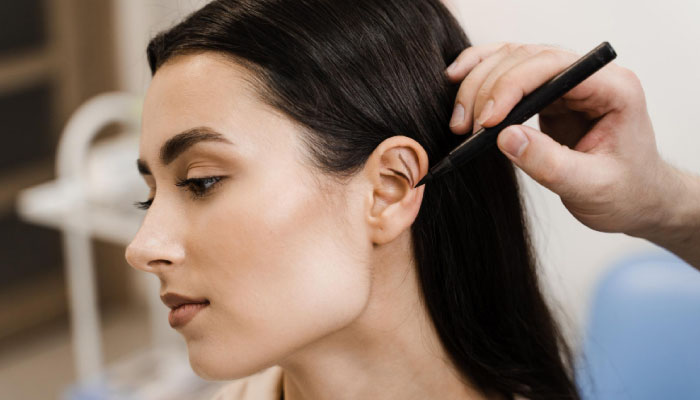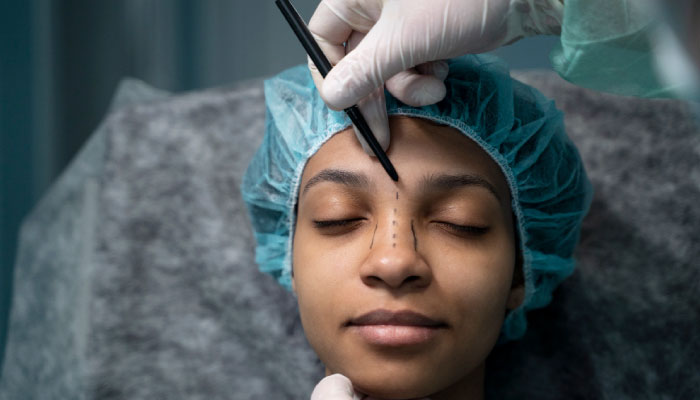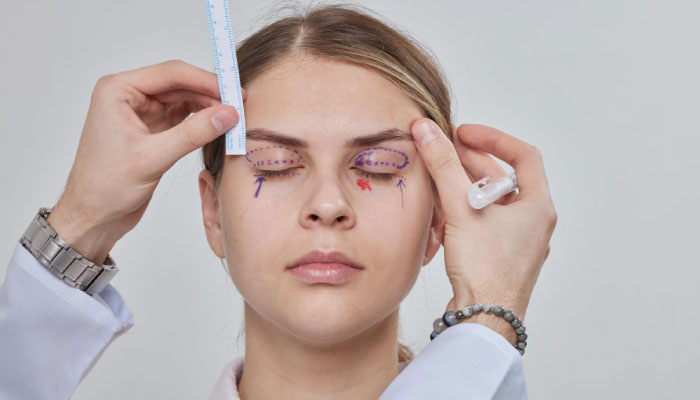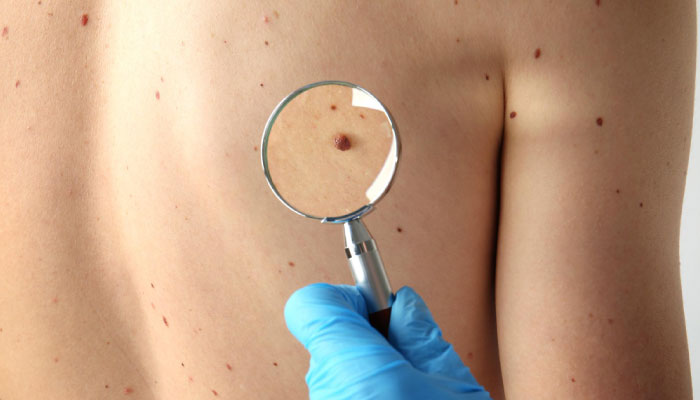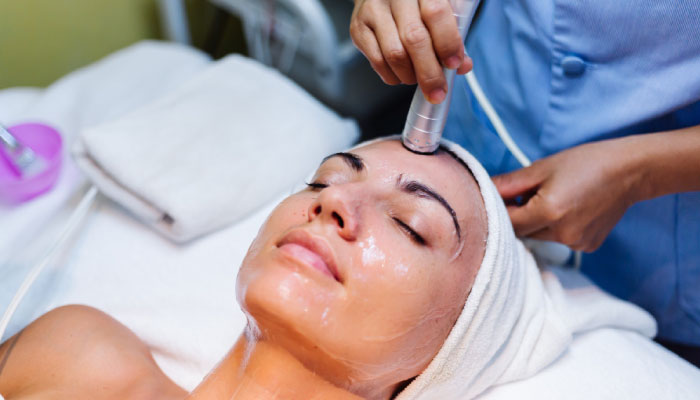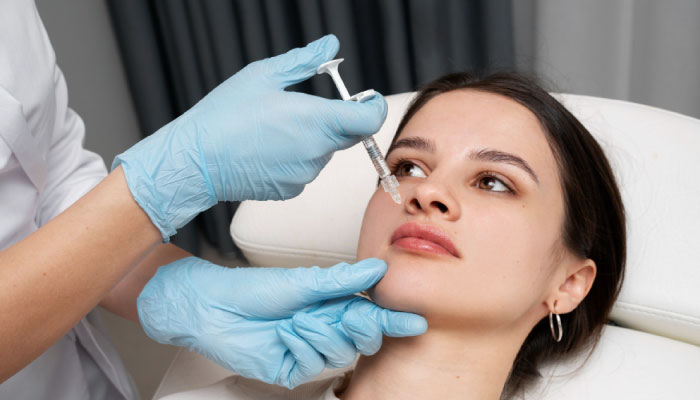Giving Children the Confidence to Smile & Thrive
A cleft lip or palate is a congenital condition that may affect feeding, speech, and appearance. With timely surgical correction, children can enjoy normal development and a confident future.
What is a Cleft Lip & Palate?
- Cleft Lip: An opening or split in the upper lip
- Cleft Palate: An opening in the roof of the mouth
These conditions may occur separately or together.
Why Early Correction Matters
- Feeding: Restores ability to suck and feed normally
- Speech Development: Supports clear pronunciation and communication
- Appearance: Restores natural facial balance and smile
- Confidence: Prevents social stigma and boosts self-esteem
The Procedure
- Cleft Lip Repair: Typically done between 3–6 months of age
- Cleft Palate Repair: Usually performed between 9–18 months
- May require staged surgeries as the child grows
- Speech therapy and orthodontics may be part of long-term care
Results You Can Expect:
- Normal feeding and speech
- Natural lip and facial symmetry
- A confident, healthy smile
Who Should Avoid Immediate Surgery?
- Infants not medically stable for anesthesia (surgery may be delayed until safe)
- Children with untreated infections or low weight gain
FAQs
Q1: Will my child need more than one surgery?
Sometimes, yes. Multiple procedures may be needed for best results as the child grows.
Q2: Will my child have visible scars?
Scars fade with time and are usually placed discreetly along natural facial lines.
Q3: Can speech be fully normal after surgery?
Yes—with surgery plus speech therapy, most children develop clear speech.
Book a Consultation
Every child deserves the confidence to smile, speak, and thrive. Schedule a consultation today to plan the best treatment path for your child.

